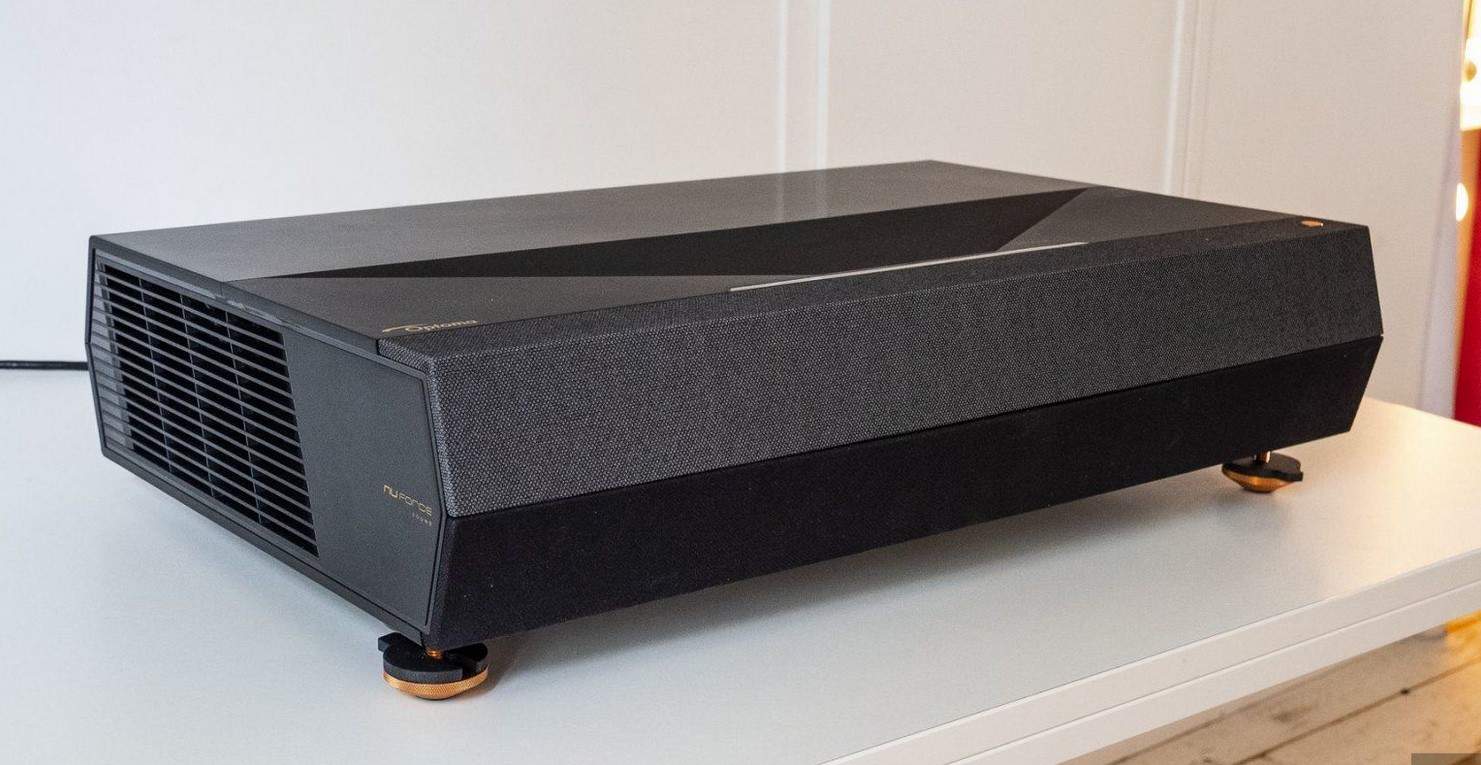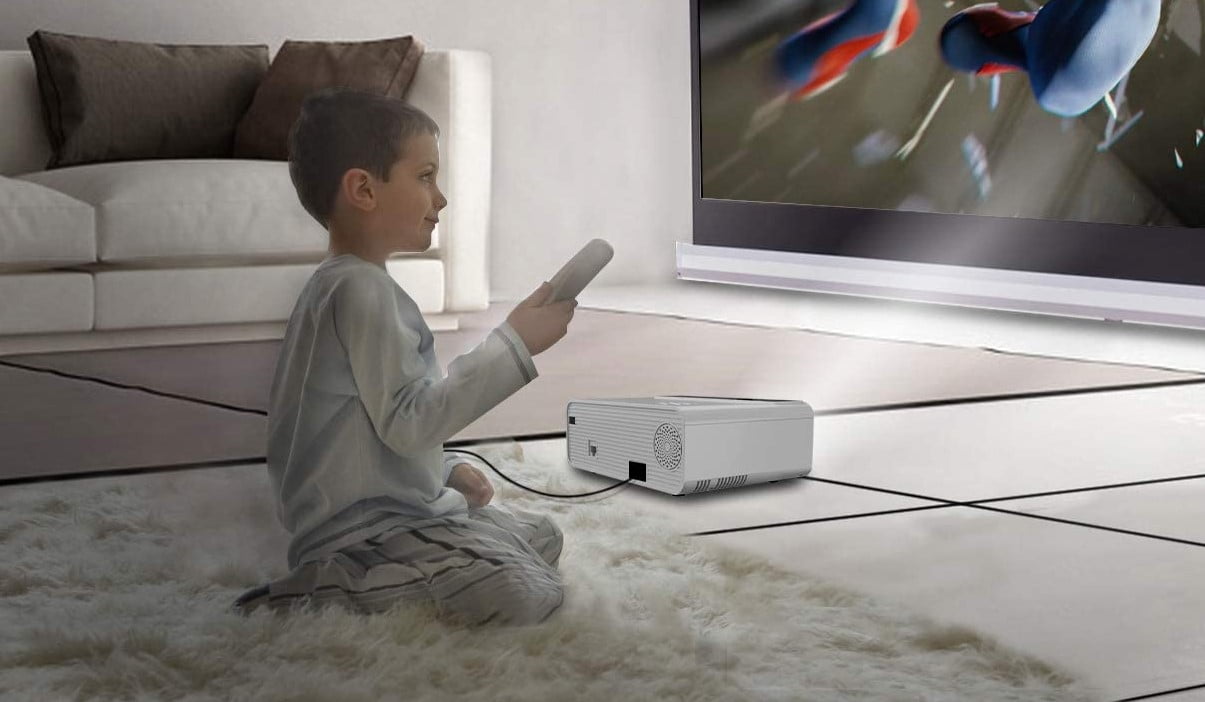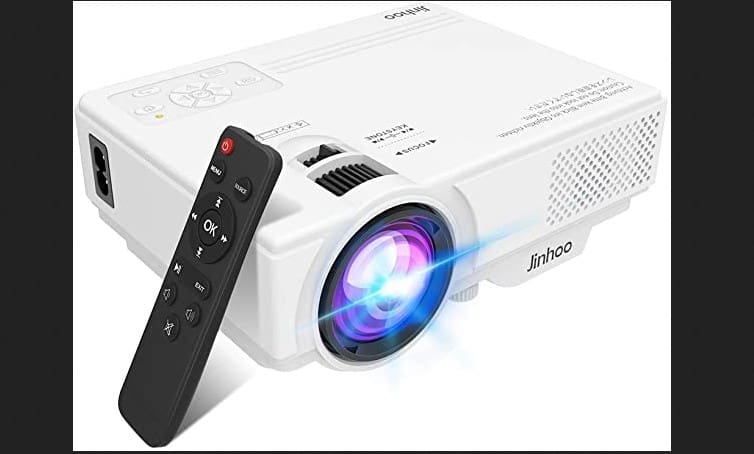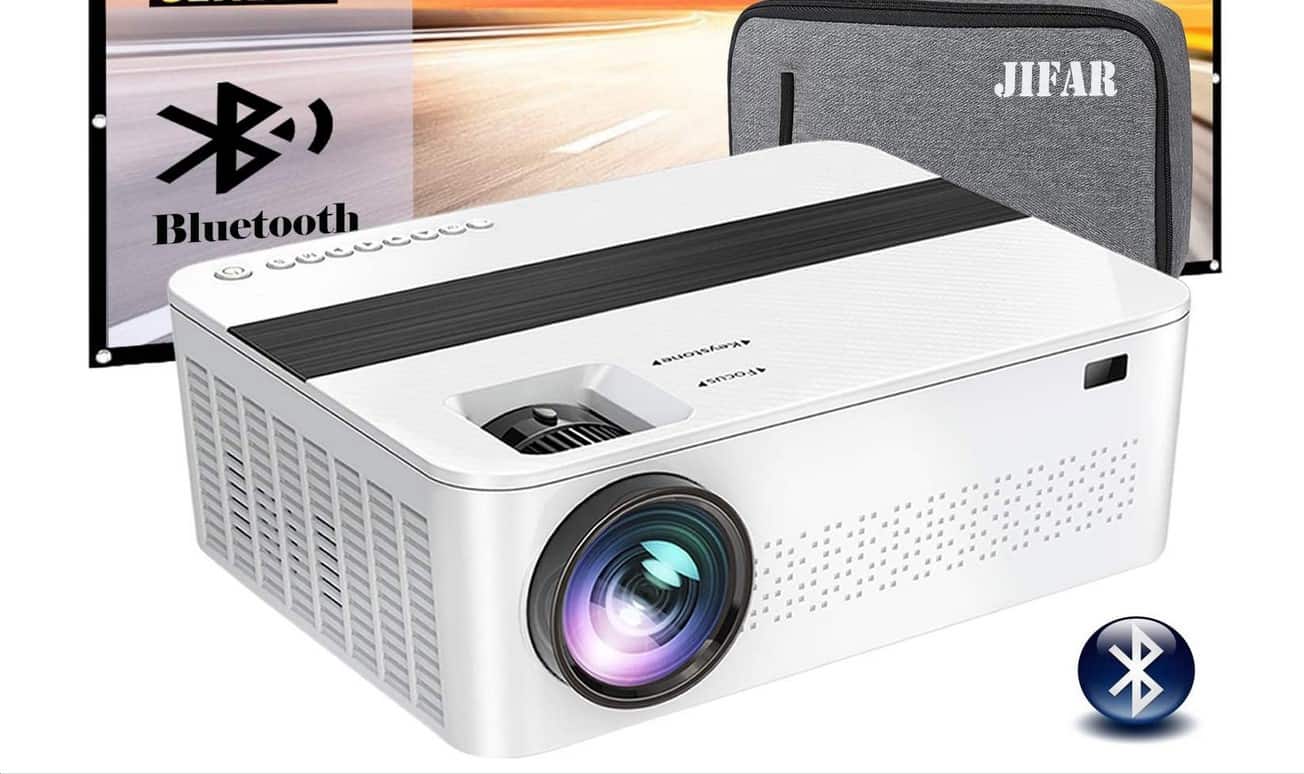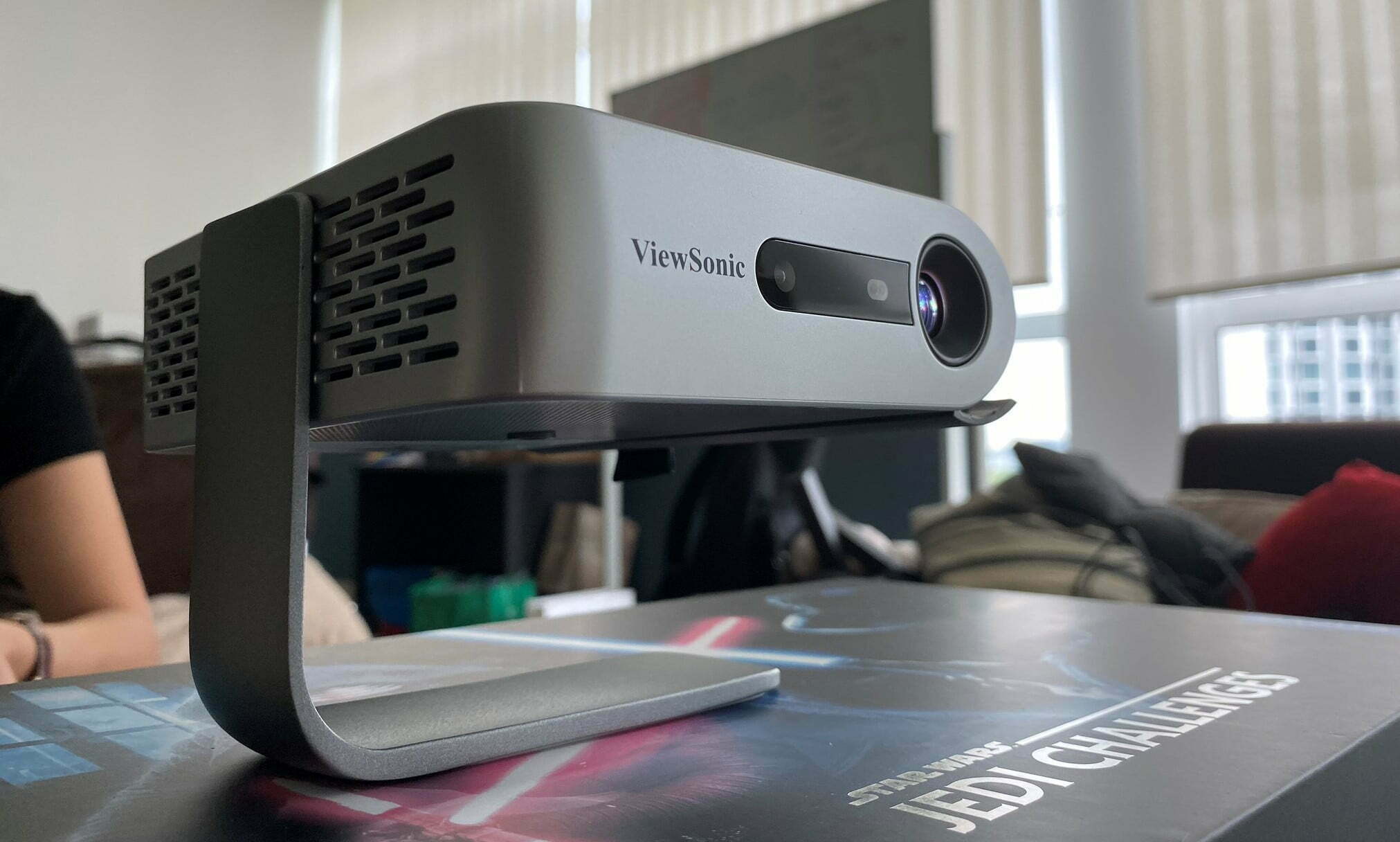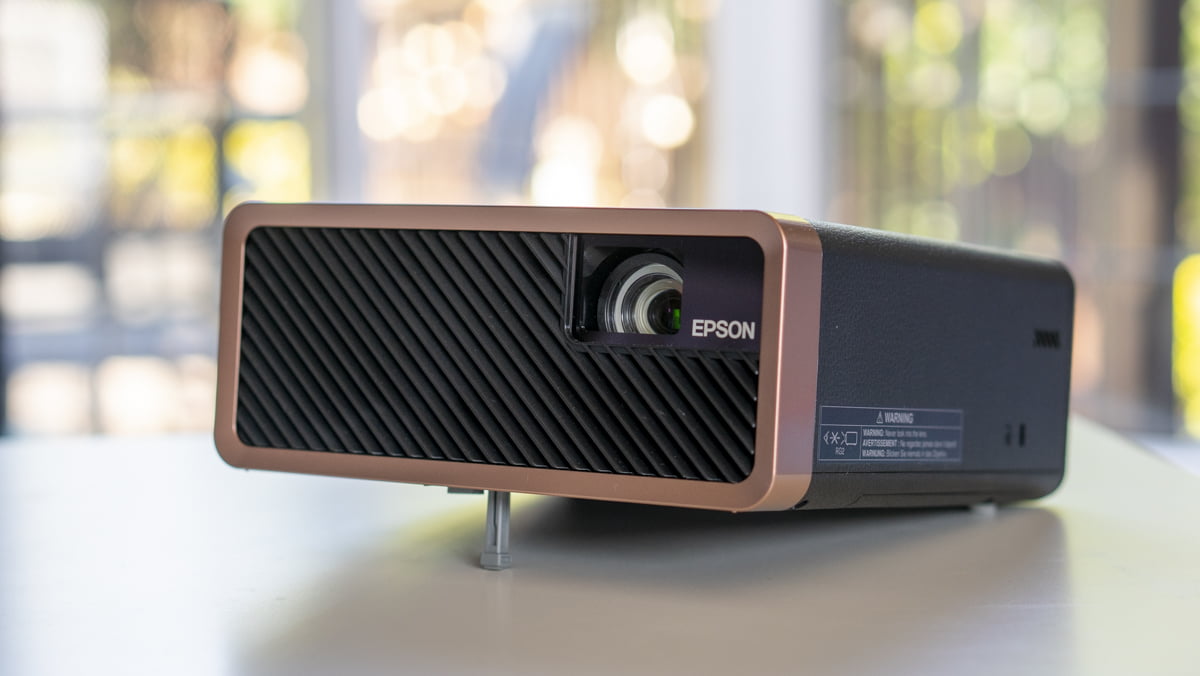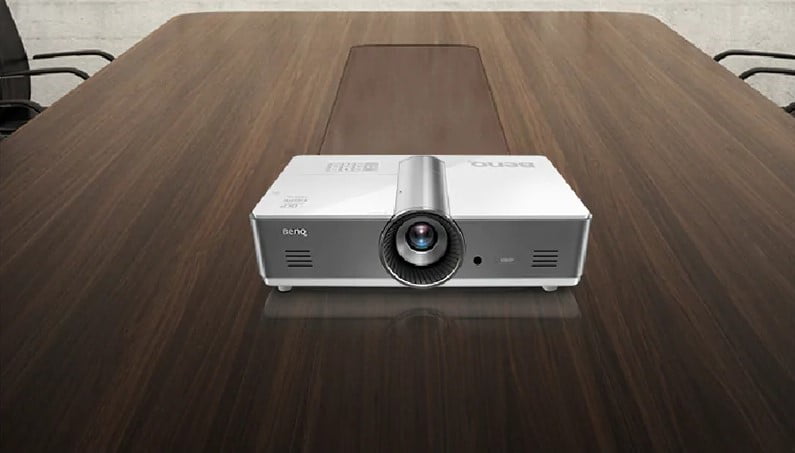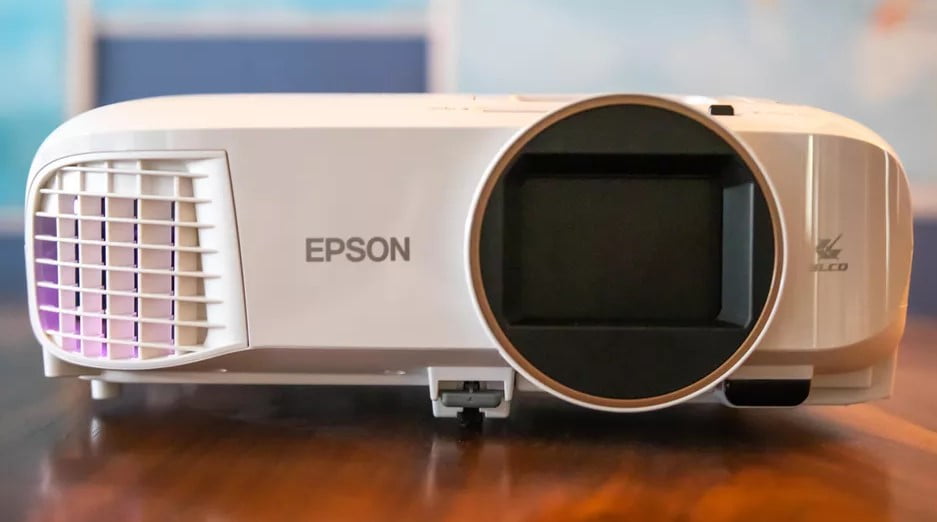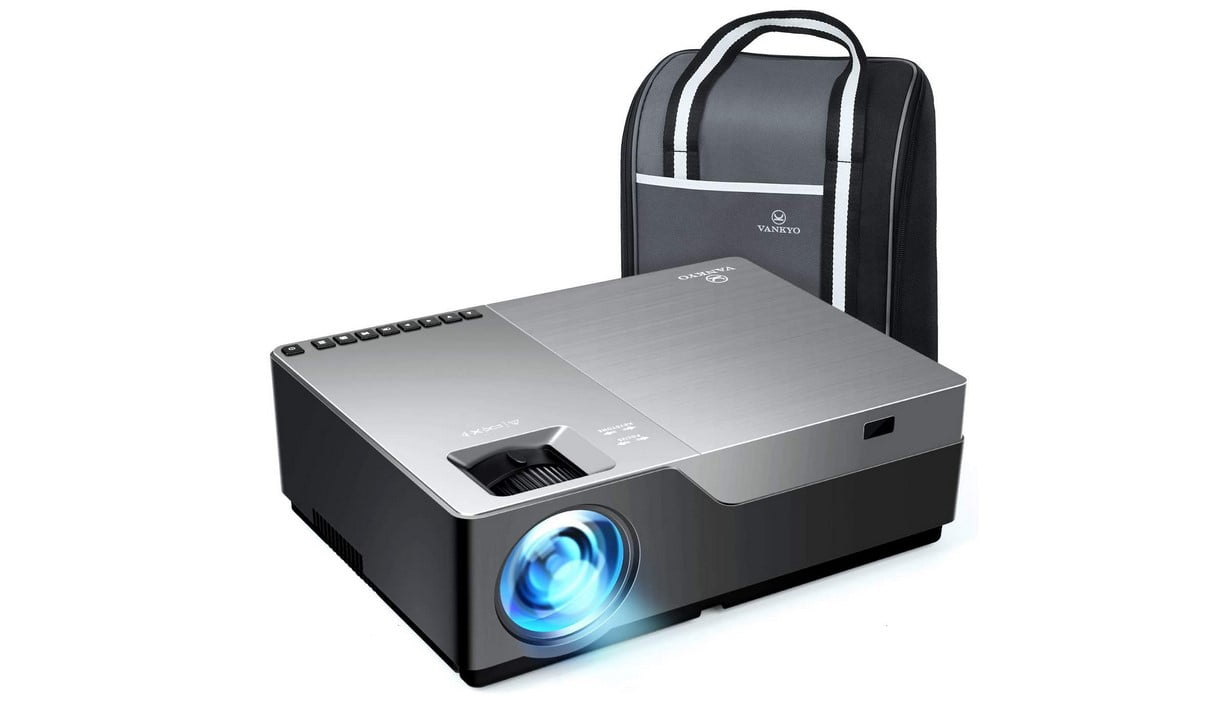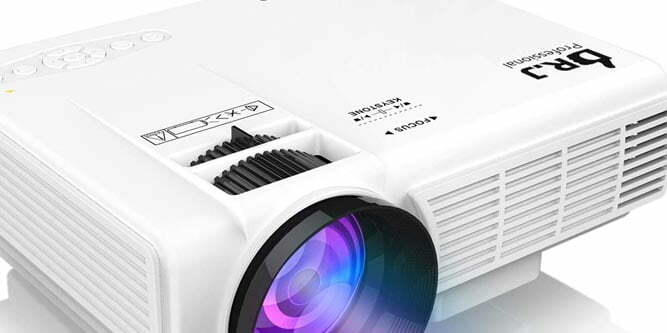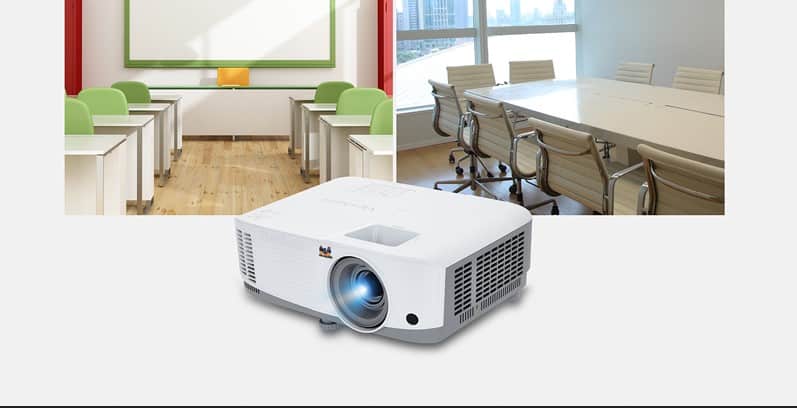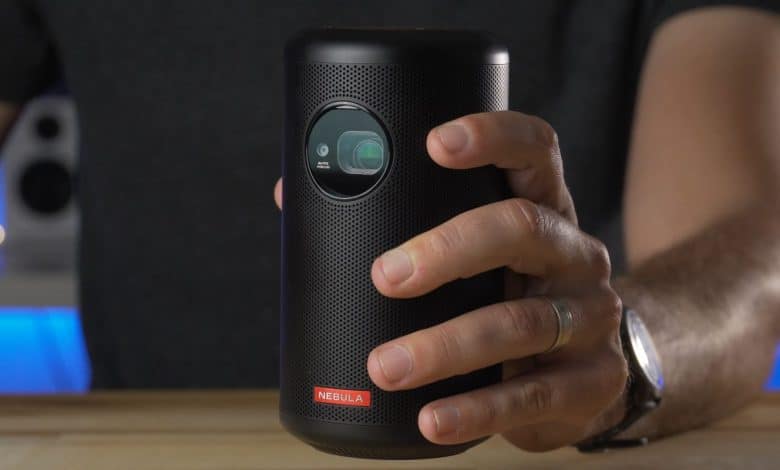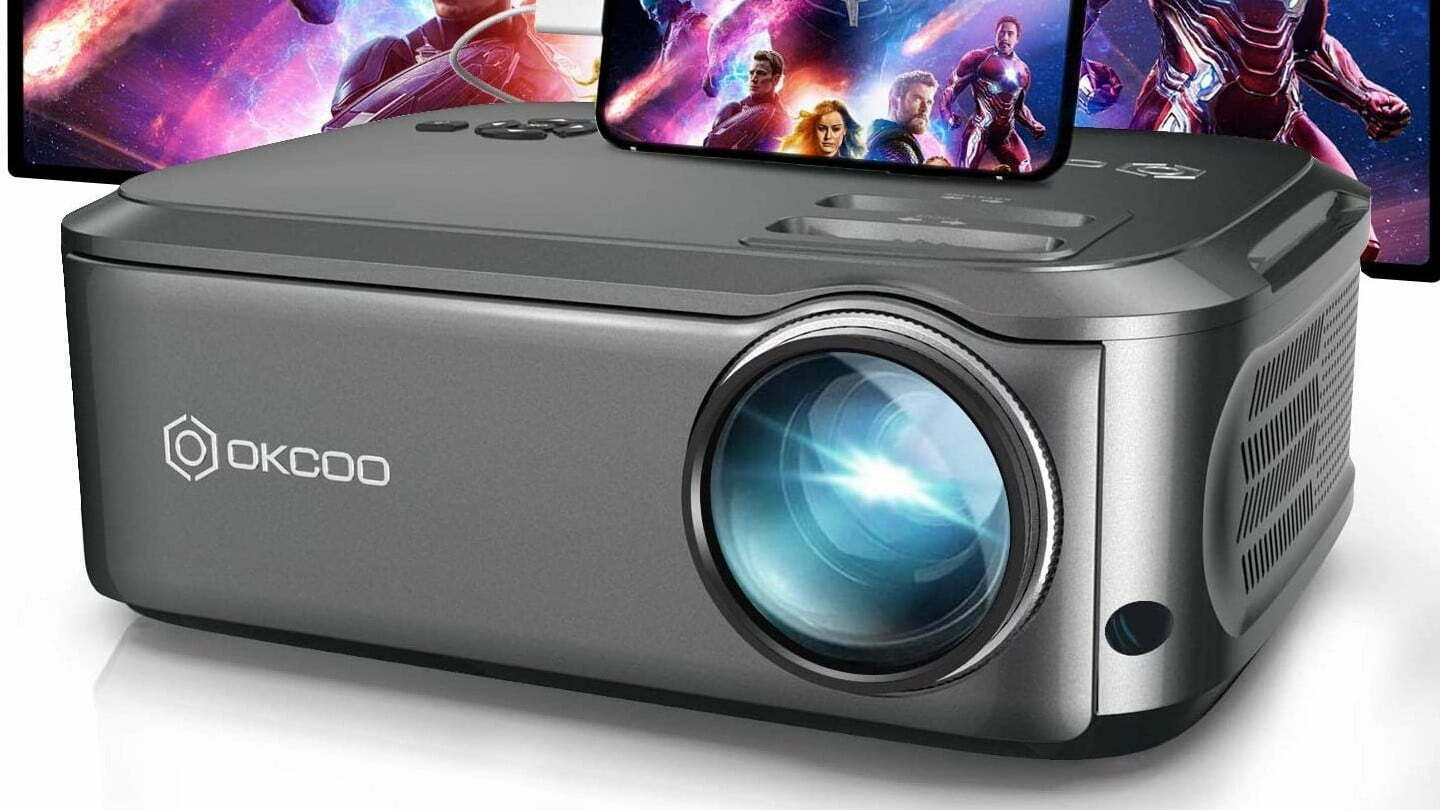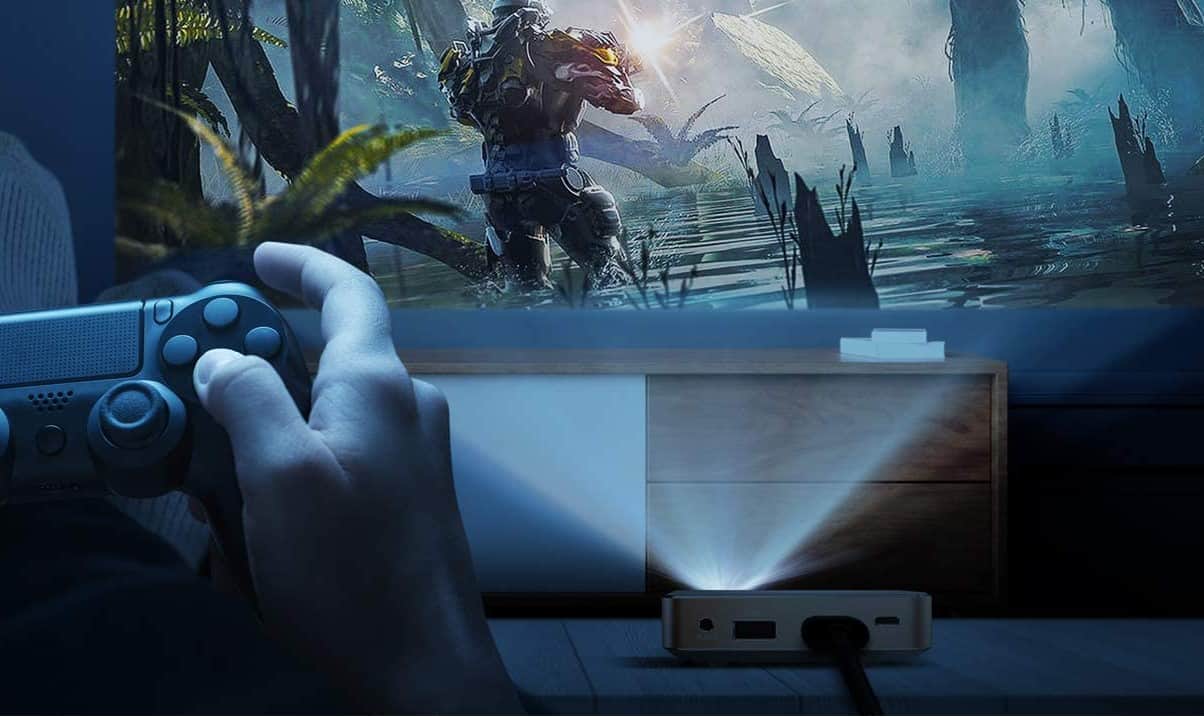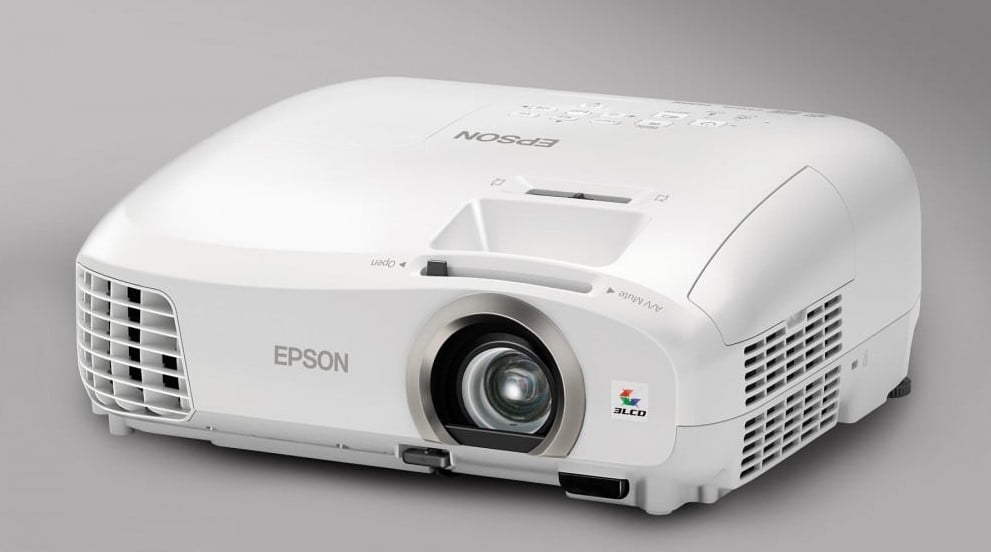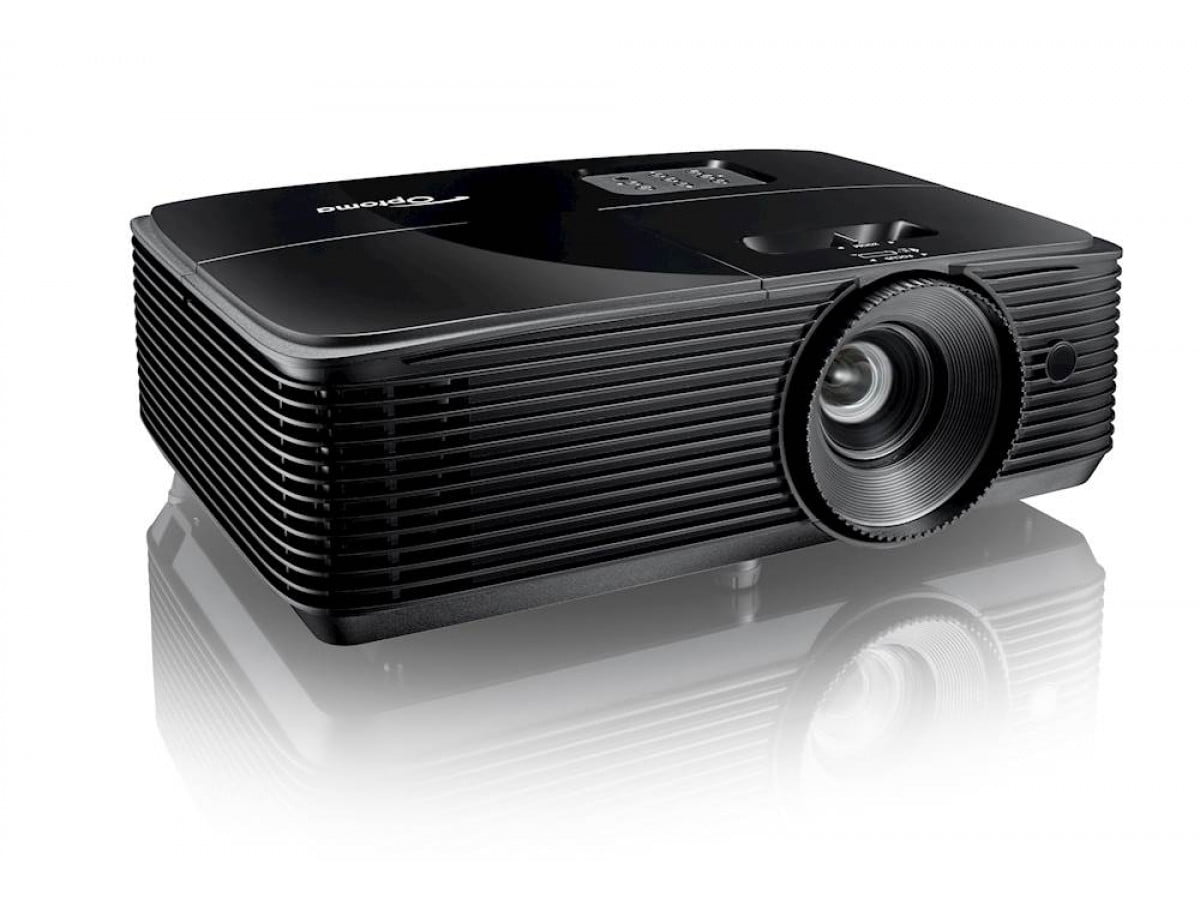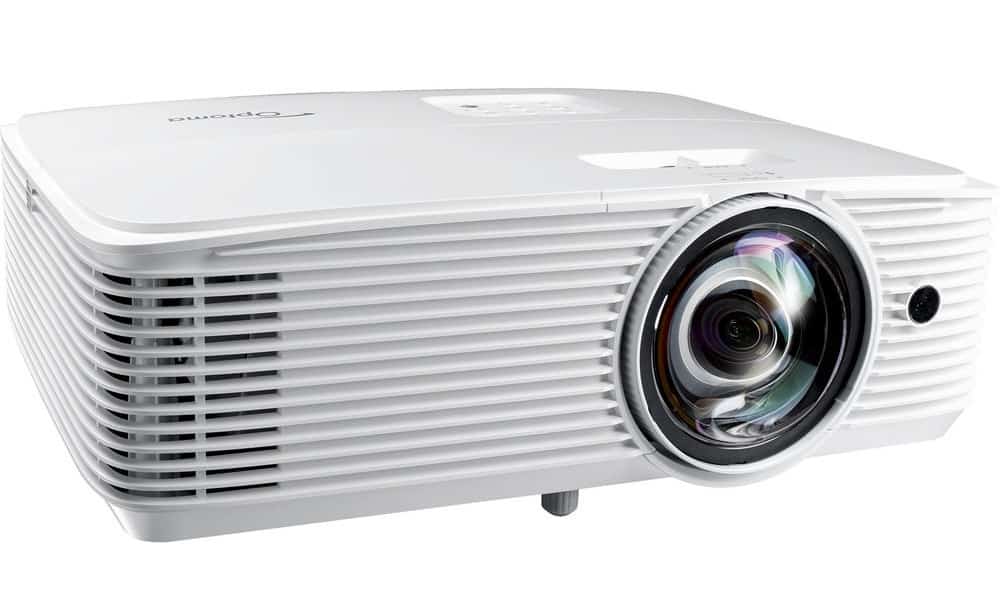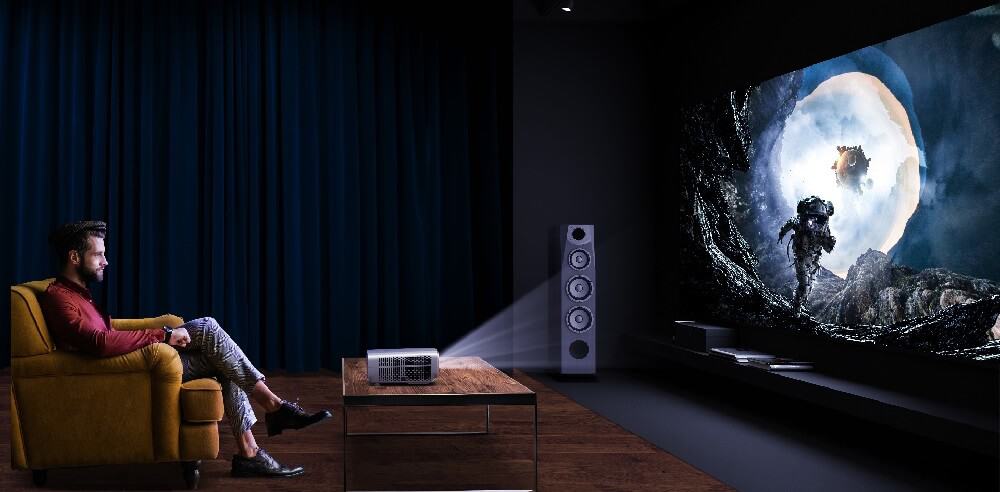In the past, consumers relied on projectors with a projector lamp as their light source. However, projectors with other forms of lighting were released that used either laser vs. LED projector lights. In addition, some projectors combine the two technologies to create a hybrid model. Users have noticed differences in the price, brightness, life span, and size of the best projectors of both types. Moreover, you can compare brands such as Vankyo vs Yaber projectors to see the model differences.
KEY TAKEAWAYS:
- Laser projectors include laser light that passes through a physical color wheel to provide higher image brightness on a projector screen or other surface.
- LED lights featured in projectors exist in each of the primary colors, and these projectors offer greater color accuracy and affordability.
- For most consumers, an LED projector provides them with longer usage in a compact device. A major factor for your choice is what your needs are and the space you’ll be using the projector, like would you need a projector for a large classroom or the best projector for outdoor movies?
LED vs. Laser Projection
One of the major benefits of laser and LED projection lighting is that neither technology contains mercury, unlike lamp projectors with a short-lived lightbulb. You can learn more in our resource article that discusses laser projectors vs lamp projectors. Additionally, all projectors use RGB lighting. However, there is a wide range of differences in almost all of the other aspects of the projectors. Many of these differences indicate a preference for LED lighting, but lasers should be used for certain presentations. For information regarding LED and DLP projectors, check out this article about DLP vs. LED projectors.
Insider Tip
Laser projectors offer higher brightness, reducing the effect of ambient light.
How Do LED Projectors Work?
Light-emitting diodes (LEDs) are found in many technologies as a backlight for screens or other images. Many of today’s TVs use LED backlighting on liquid crystal displays, so it’s no surprise that the projector industry has embraced them. LED projectors use separate lights instead of color filters for the primary colors of red, green, and blue to create images. This aspect allows them to produce the color without using a color wheel, which is positioned in front of the light source and spun to adjust colors.
How Do Laser Projectors Work?
Laser projector technology has quickly become more popular, and it utilizes a long-lasting semiconductor laser to create images. The top-rated laser projectors feature a color wheel in addition to the light source itself. Because the color wheel adjusts the colors, there are sometimes issues where the color doesn’t appear right on these projectors, referred to as the rainbow effect. However, if you are looking for exceptionally bright light, laser light projectors should be considered. Sony recommends using laser projectors for business and educational applications, like the best office projector. When shopping around, be sure to think about throw distance as well and what suits your space, with either long or short throw projectors.
Comparisons of LED to Laser projectors
- Projectors with laser light are often brighter than their LED counterparts. On average, a laser has a brightness of 3,500 or more American National Standards Institute (ANSI) lumens. On the other hand, LED projectors have a maximum of 2,000 ANSI lumens. As a result, ambient light affects laser projectors less.
- LED devices cost less than laser-based machines, making them more affordable for personal use. If you are on a budget but need a projector, LED projectors may be the right choice. Projection lamps are cheaper but less energy efficient.
- When it comes to the lifespan of the lighting options, LED lasts on average 10,000 hours longer than lasers do with roughly 30,000 hours of use. This estimation of laser life assumes that some sort of Eco mode is applied, which results in less power consumption and the light possibly turning itself off if it’s not in use.
- Portable laser projectors are susceptible to the rainbow effect, causing reduced color accuracy and image quality. LED projectors avoid this effect by using specific lamps with each primary color, removing the need for a color wheel and ensuring precise color.
- Laser projectors may be larger than LED ones as well. The difference in size can affect the projector’s portability, making it more likely to be set up and used in one location only. You should check out the comparison of projector vs mini projector if the size is important to you.
Warning
LED projectors do not have the same brightness, but they offer more advantages, including color impact, life span, and more.
F.A.Q.S
Which is the brighter and more colorful projector?
Laser projectors are brighter, but they do not offer the precision color that LED does. So when you buy a new projector, you may want to consider which is more important for your viewing.
Can I replace a projector lamp with an LED?
Some projector lamps can be replaced with an LED bulb, but you should get a bulb with the same lumens output as the original lamp. Also, keep in mind that heat can shorten the LED lifespan.
Should I choose a laser or LED projector?
If you are looking for an affordable option that offers precise color and image accuracy, you should consider an LED projector. However, laser projectors are ideal for spaces with bright ambient light, offices, and schools.
STAT: However, LED projectors go one step further with the ability to offer color saturation up to 125% of the norm. (source)
REFERENCES:
- https://pro.sony/ue_US/products/professional-projectors/laser-led-projectors-explained
- https://en.wikipedia.org/wiki/Projector
- https://www.benq.com/en-us/business/resource/trends/laser-projector-what-is.htmlr
- https://www.eiki.com/eiki-faqs/some-pros-and-cons-of-led-vs-laser-projectors/
- https://www.viewsonic.com/library/entertainment/lamp-vs-lamp-free-projectors/

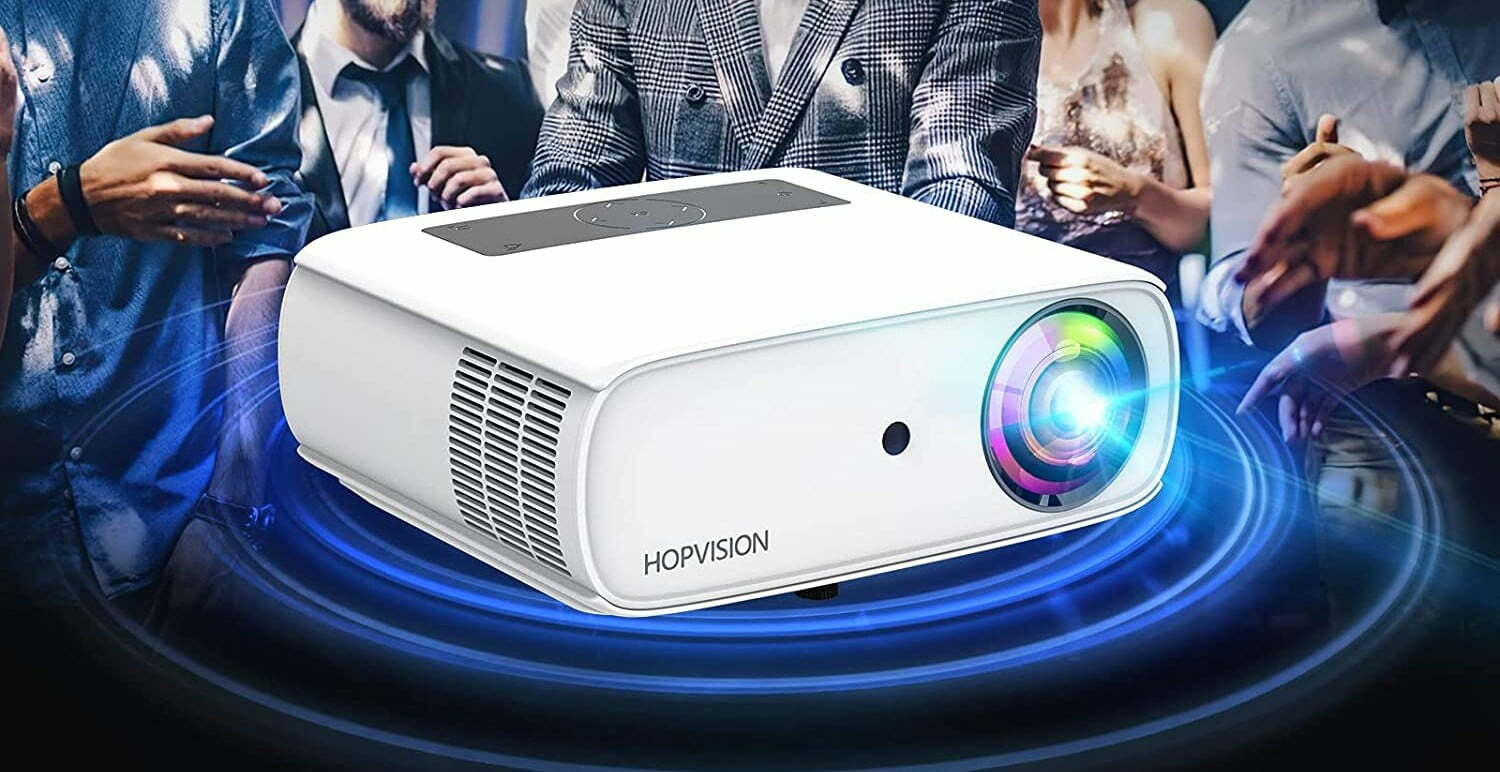














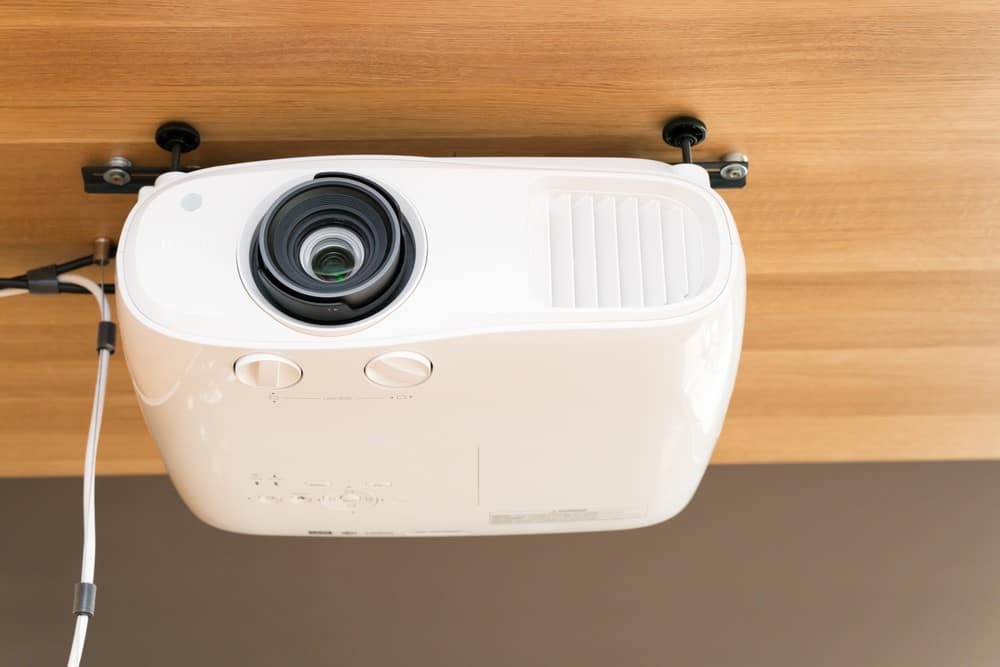
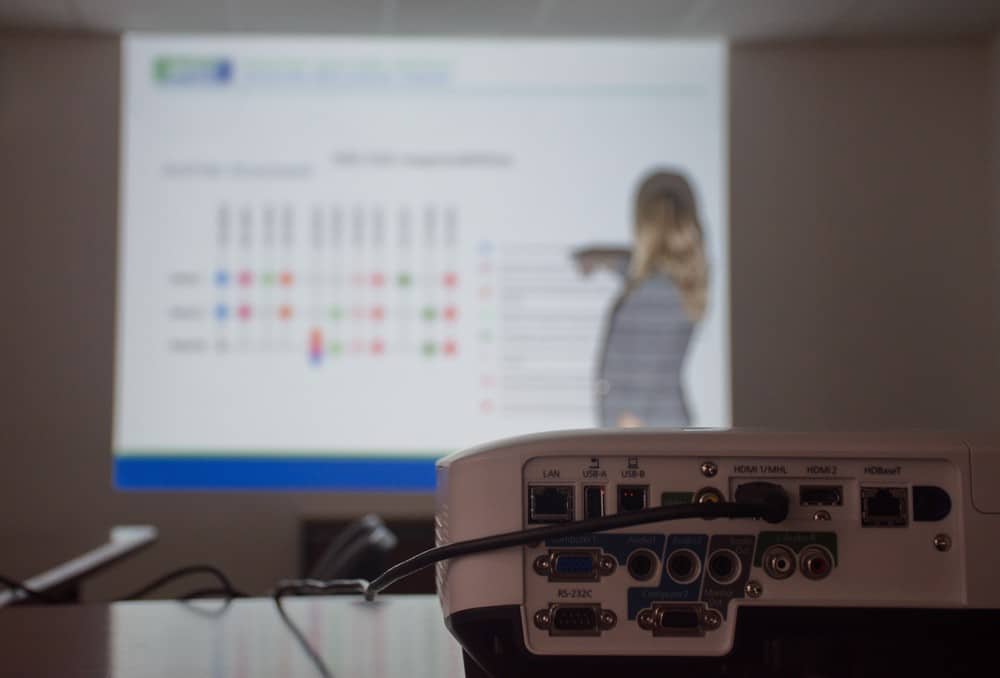



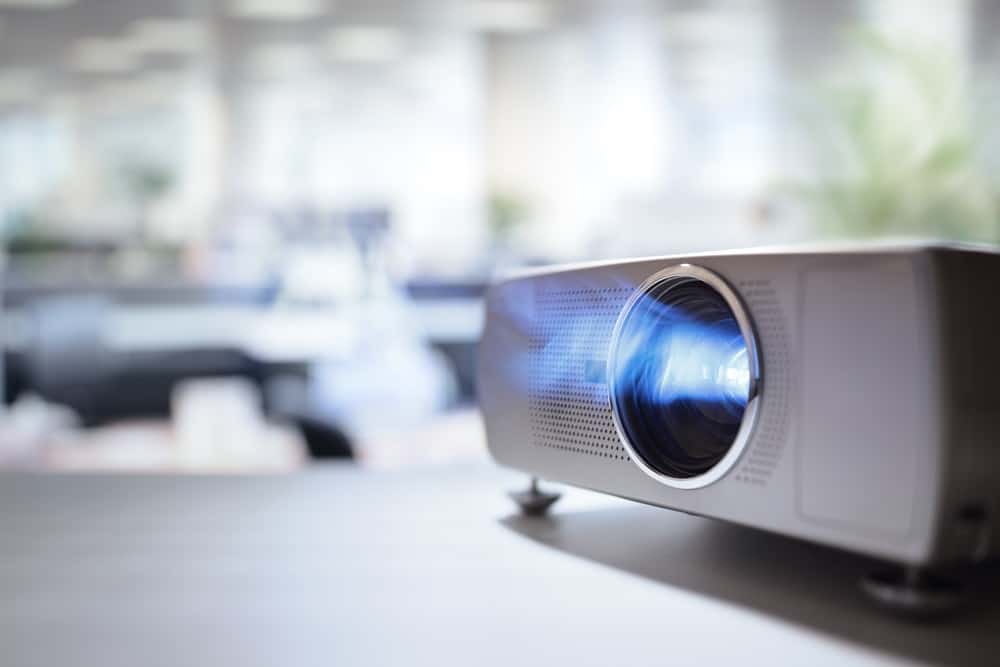
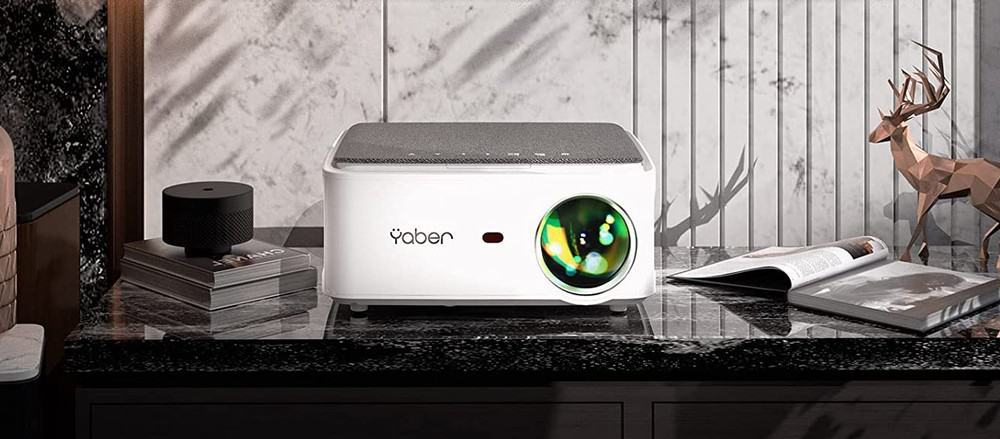

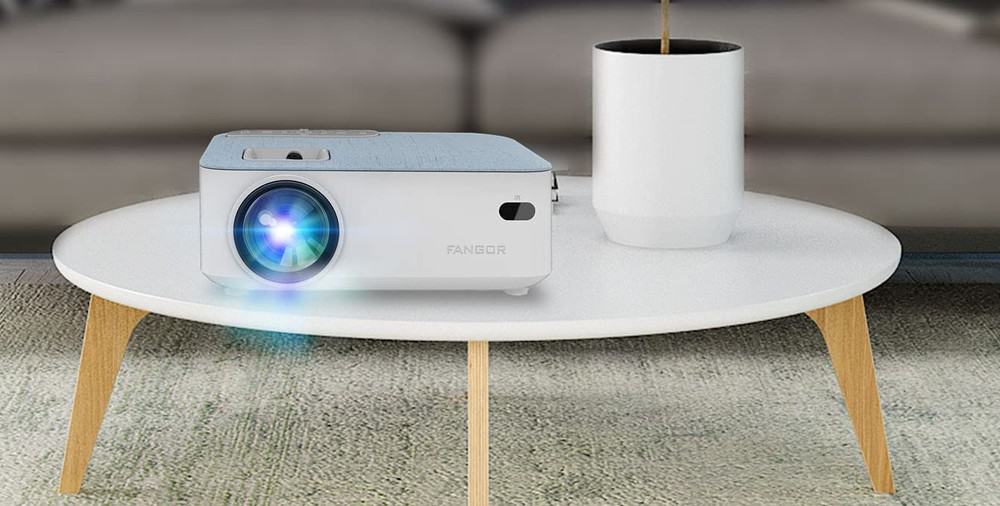

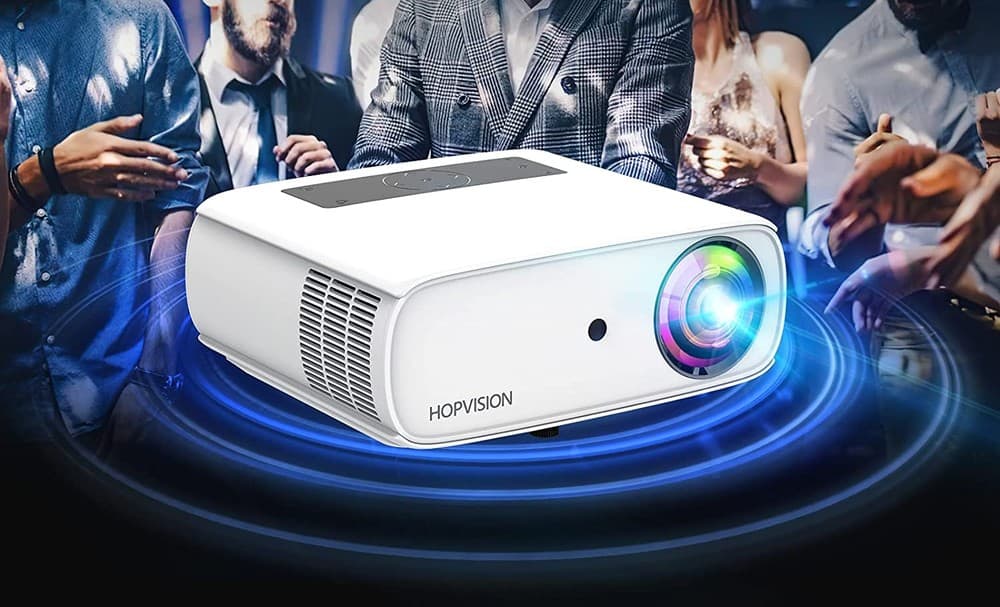

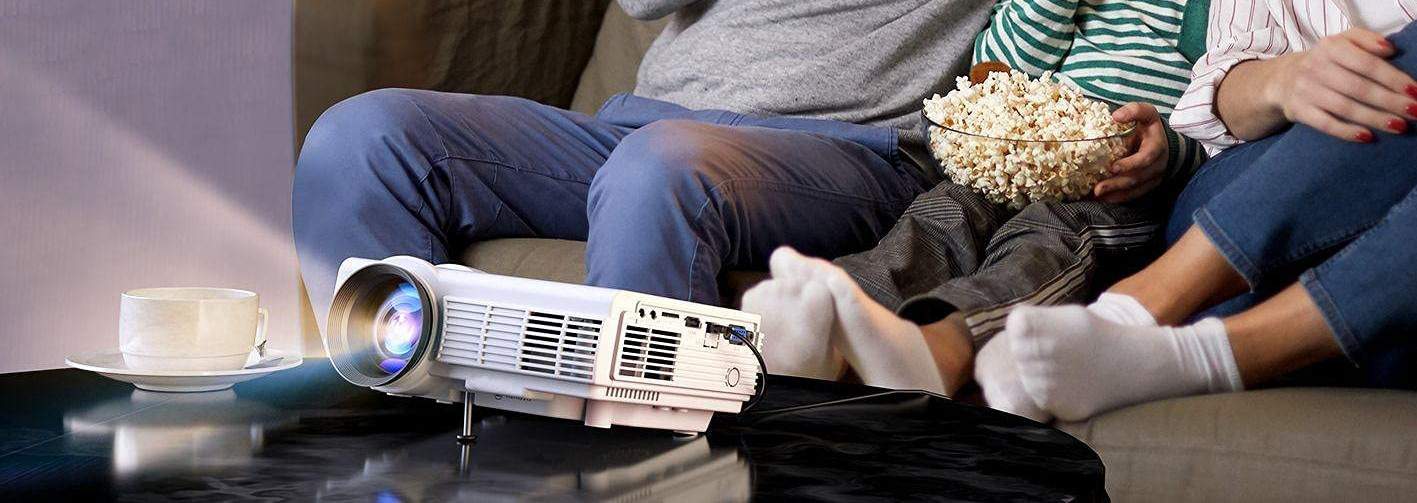
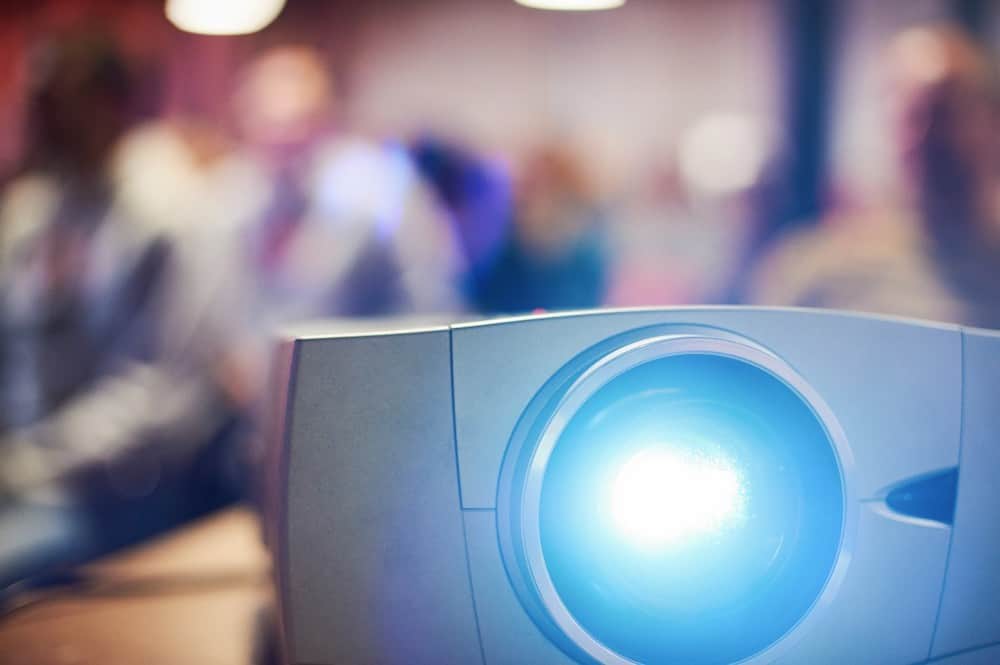
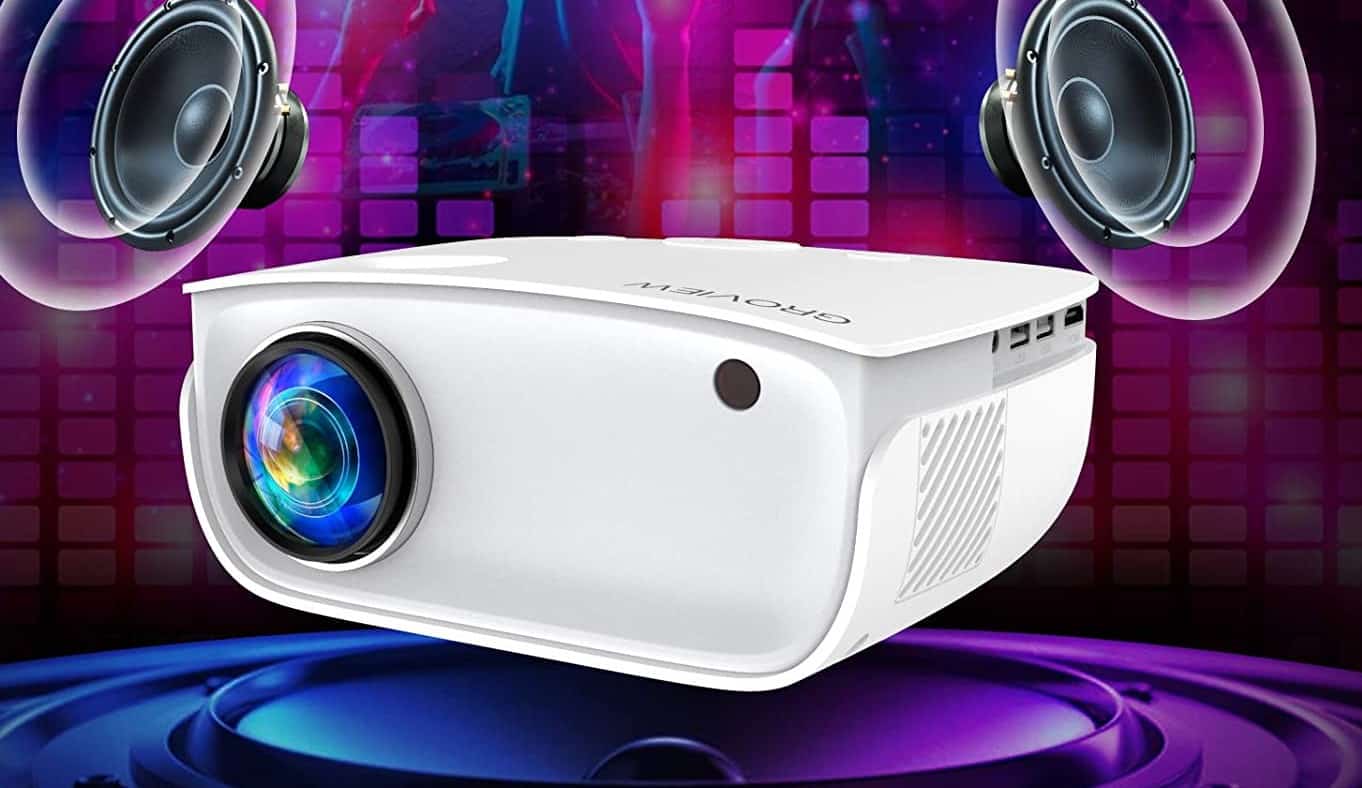
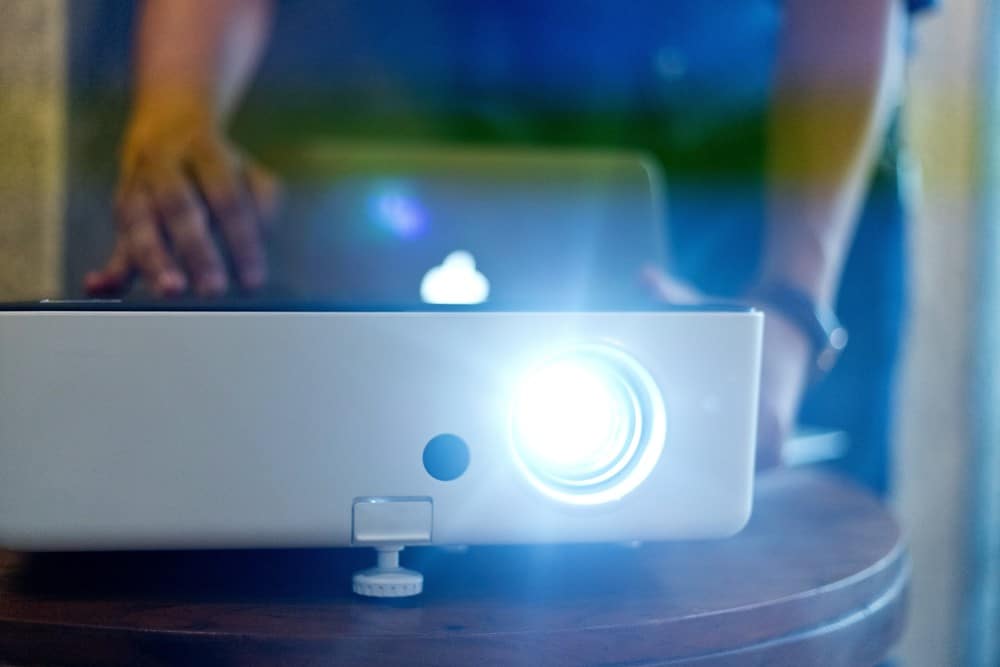

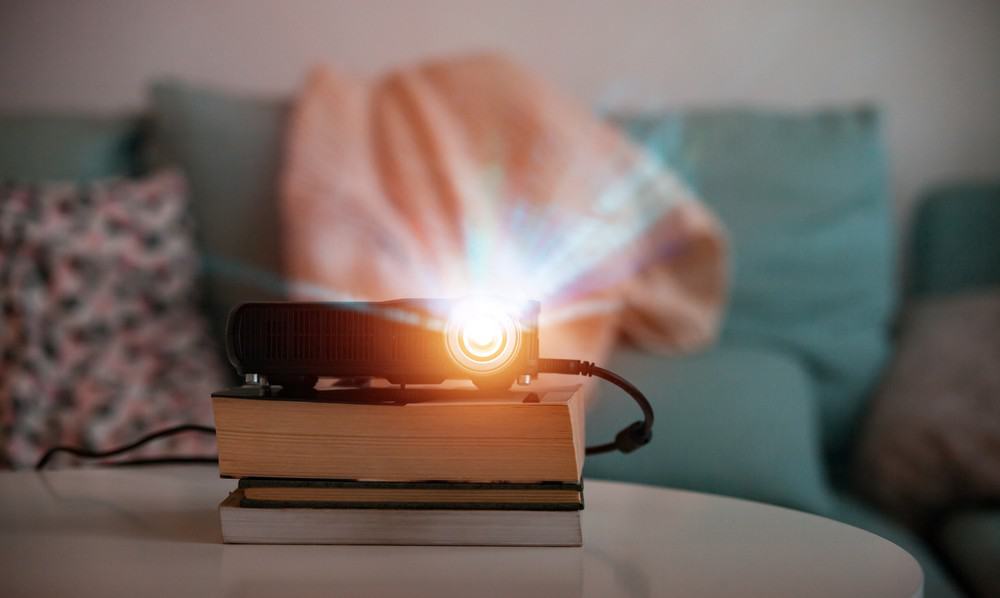
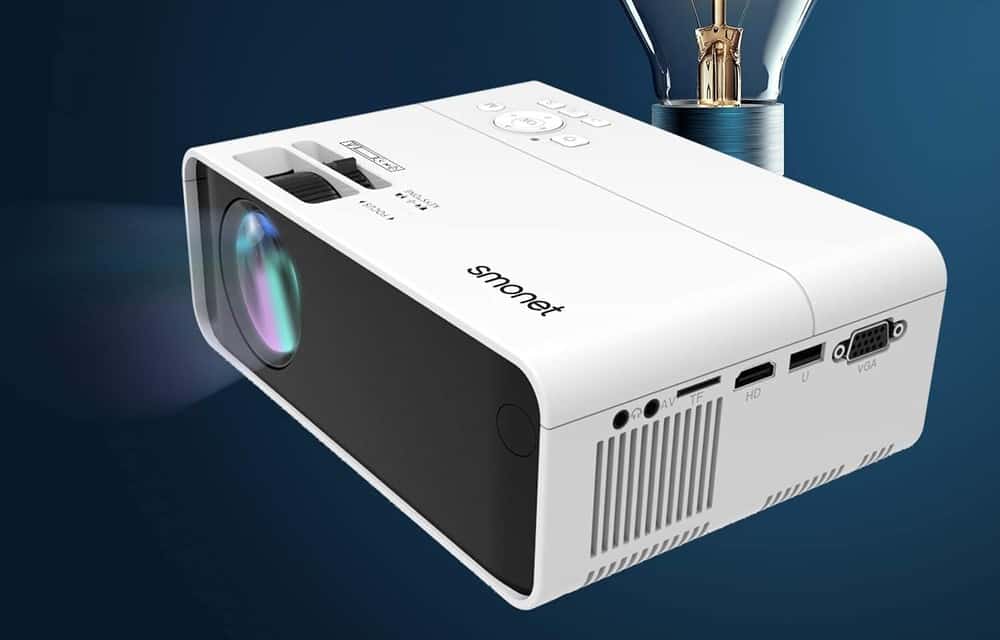
![Best Projectors for Daylight Viewing in [year] 27 Best Projectors for Daylight Viewing in 2025](https://www.gadgetreview.dev/wp-content/uploads/best-projector-for-daylight-viewing-image.jpg)
![Best Samsung Projectors in [year] 28 Best Samsung Projectors in 2025](https://www.gadgetreview.dev/wp-content/uploads/best-samsung-projectors-image.jpg)
![Best NEC Projectors in [year] 29 Best NEC Projectors in 2025](https://www.gadgetreview.dev/wp-content/uploads/best-nec-projectors-image.jpg)
![Best Acer Projectors in [year] 30 Best Acer Projectors in 2025](https://www.gadgetreview.dev/wp-content/uploads/best-acer-projectors-image.jpg)
![Best Quiet Projectors in [year] 31 Best Quiet Projectors in 2025](https://www.gadgetreview.dev/wp-content/uploads/best-quiet-projector-image.jpg)
![Best Projectors for Golf Simulator in [year] 32 Best Projectors for Golf Simulator in 2025](https://www.gadgetreview.dev/wp-content/uploads/best-projector-for-golf-simulator-image.jpg)
![Best Conference Room Projectors in [year] 33 Best Conference Room Projectors in 2025](https://www.gadgetreview.dev/wp-content/uploads/best-conference-room-projector-image.jpg)
![Best InFocus Projectors in [year] 34 Best InFocus Projectors in 2025](https://www.gadgetreview.dev/wp-content/uploads/best-infocus-projectors-image.jpg)
![Best Mini Projector in [year] ([month] Reviews) 35 Best Mini Projector in 2025 (December Reviews)](https://www.gadgetreview.dev/wp-content/uploads/best-mini-projector-image.jpg)
![Best Panasonic Projectors in [year] 36 Best Panasonic Projectors in 2025](https://www.gadgetreview.dev/wp-content/uploads/best-panasonic-projectors-image.jpg)
![Best Sony Projectors in [year] 37 Best Sony Projectors in 2025](https://www.gadgetreview.dev/wp-content/uploads/best-sony-projectors-image.jpg)
![Best Projector Stands in [year] 38 Best Projector Stands in 2025](https://www.gadgetreview.dev/wp-content/uploads/best-projector-stand-image.jpg)
![Best Ultra Short Throw Projectors in [year] 39 Best Ultra Short Throw Projectors in 2025](https://www.gadgetreview.dev/wp-content/uploads/best-ultra-short-throw-projector-image.jpg)
![Best Projectors for a Living Room in [year] 40 Best Projectors for a Living Room in 2025](https://www.gadgetreview.dev/wp-content/uploads/best-projector-for-living-room-image.jpg)
![Best RCA Projectors in [year] 41 Best RCA Projectors in 2025](https://www.gadgetreview.dev/wp-content/uploads/best-rca-projectors-image.jpg)
![Best Optoma Projectors in [year] 42 Best Optoma Projectors in 2025](https://www.gadgetreview.dev/wp-content/uploads/best-optoma-projectors-image.jpg)
![Best BenQ Projectors in [year] 43 Best BenQ Projectors in 2025](https://www.gadgetreview.dev/wp-content/uploads/best-benq-projectors-image.jpg)
![Best Projectors for Church in [year] 44 Best Projectors for Church in 2025](https://www.gadgetreview.dev/wp-content/uploads/best-projector-for-church-image.jpg)
![Best Projectors for Classroom in [year] 45 Best Projectors for Classroom in 2025](https://www.gadgetreview.dev/wp-content/uploads/best-projector-for-classroom-image.jpg)
![Best Epson Projectors in [year] 46 Best Epson Projectors in 2025](https://www.gadgetreview.dev/wp-content/uploads/best-epson-projector-image.jpg)
